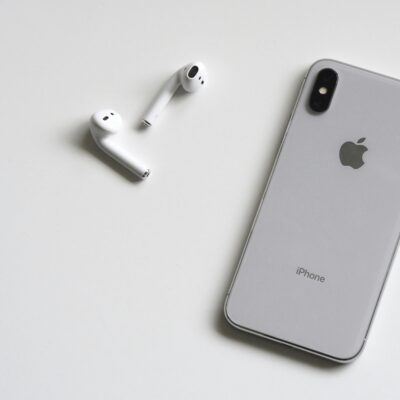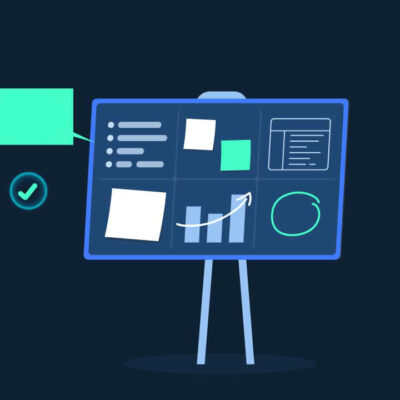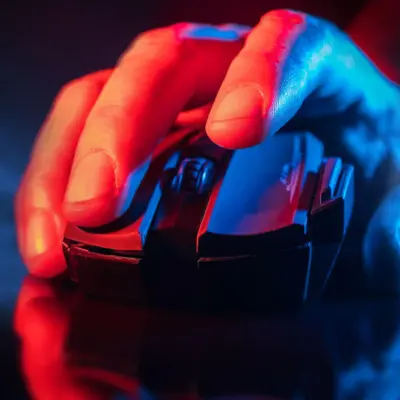The digital age changed it all when everything became available on the internet. Though this accessibility enables the students to extend their knowledge and enhance academic performances, it also has several downsides, one of which is plagiarism. With exposure to many sources, intentional and unintentional duplication has taken on alarming proportions. More significantly, for an educational institute, academic integrity must be upheld. Advanced plagiarism detection has stopped being an option and has become an imperative.

Why Plagiarism is a Critical Concern
Plagiarism is the act of presenting somebody else’s work or ideas as one’s own, something that really degrades the essence of learning. Whether it is intentional or not, it compromises intellectual honesty and devalues academic achievements while eroding trust. As more and more online resources become available, along with advanced technologies for generating content, colleges are finding it difficult to identify and put a stop to this. Plagiarism tools have changed the game in how colleges protect academic integrity. A good plagiarism checker leverages cutting-edge algorithms to scan student submissions against extensive databases, ensuring that duplicate or unoriginal content is quickly identified.
Key Features of Effective Plagiarism Detection Tools
Modern detection tools boast features that will make life easier for educators when evaluating work while cultivating a culture of integrity among students. Key features every college would want include the following.
Comprehensive Database Coverage
It should have access to a wide database of online articles, academic papers, journals, and books. The wider the database, the more effective the tool in highlighting similarities of submitted work. This makes sure that not only publically accessible content but also proprietary academic sources are scanned.
AI-Powered Analysis
Advanced tools now use AI to find subtle forms of copying, such as paraphrased sentences, changed structures, or veiled content. AI supports finding patterns that old keyword-matching systems wouldn’t have noticed.
Immediate Feedback to Students
Some also give real-time feedback and allow students to check for plagiarism in their work before submission. An educative approach of this nature reduces intentional violations while helping them hone their research and citation skills.
Multi-Language Support
With education becoming increasingly global, multi-language support is increasingly necessary. Many colleges have students from different parts of the world. Hence, the instruments need to be able to check submissions in different languages.
Integration with Learning Management Systems (LMS)
Ease of use matters. Because plagiarism detection instruments integrate natively with platforms like Moodle, Canvas, or Blackboard, educators and students can easily incorporate such resources into their existing workflows.
Benefits of Embracing Plagiarism Detection Tools
Implementing detection programs offers many benefits that stabilize the academic framework while addressing the challenges of maintaining originality in academic work.
Fostering Academic Integrity
The use of plagiarism checkers in colleges enforces the importance of original work. This builds a mutual value of academic honesty, whereby students and educators benefit.
Saves Time and Resources
Hand-plagiarism checking is impossible in academics due to the numerous assignments and research papers colleges go through. Automated tools facilitate the process by allowing educators to teach instead of police.
Teaching Students Proper Citation
Many incidents of copying arise due to ignorance of proper citation practice. Most plagiarism assessment tools highlight areas of concern and often guide students toward better research skills.
Minimizing Legal and Ethical Risks
Institutions that do not care about plagiarism might be exposed to reputational damage or even legal consequences if unoriginal content is published under their banner. Detection platforms protect against these risks, ensuring all work meets ethical standards.
The Role of Faculty in Combating Plagiarism
While technology has an important role in plagiarism identification, this should be complemented by guidance from educators. Faculty have to:
- Educate students about plagiarism. Lead discussions on what constitutes copying and the long-term consequences of academic dishonesty.
- Encourage original thinking. Assign tasks that require deep analysis and creativity. The temptation of copying any existing work will not arise.
- Effective use of plagiarism reports. Use reports from checkers and engage learners in the process of how they could do better.
By providing a supportive atmosphere, faculty can get at the roots of plagiarism while helping students understand the importance of integrity.
Future Trends in Plagiarism Detection
Plagiarism detection is an ever-evolving field, but here are some emerging trends the colleges should be prepared to tackle.
AI-generated Content
This becomes a significant challenge with the rise in AI-powered tools, including ChatGPT. Plagiarism detectors are very likely to include, in the future, a facility that will identify whether work is AI-generated so that originality can be guaranteed.
Blockchain Technology for Author Verification
Blockchain can revolutionize academic publishing by securely verifying the originality and ownership of content. It may soon complement existing detection systems.
Adaptive Learning Tools
Some detection platforms are incorporating adaptive learning modules that provide customized guidance based on the individual needs of each student in developing depth in ethical practice.
Collaboration Tracking
Future plagiarism identification applications will be about detecting unauthorized sharing within a group. By analyzing the pattern of collaboration, these systems will be able to distinguish legitimate teamwork from improper copying, guaranteeing fairness and integrity in group-based learning environments.
Leveraging Technology to Inspire Creativity
Pointing out a lack of originality in specific places, the plagiarism detection tools challenge students to reevaluate and rethink their ideas. These instruments help researchers delve deep into topics and encourage exploration and innovation beyond superficial research. Knowing that an assignment will be checked for originality provides students with a greater incentive to write unique, well-considered submissions, turning what could have been shortcuts into instances of intellectual growth and creativity.
Final Thoughts
Today’s digital era demands strategic adoption of technology to fight plagiarism. Now is the time for colleges to adopt more advanced tools to detect copying and help their cause of maintaining academic integrity. Such instruments speed up the evaluation process and play an important role in teaching the student about originality and proper citation. Academic integrity will thrive in such colleges that can pair technology with proactive faculty involvement, leading to the successful preparation of the learners for future success in a modern, highly competitive world.









